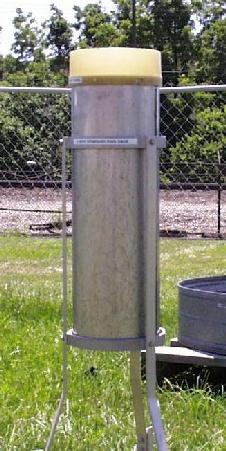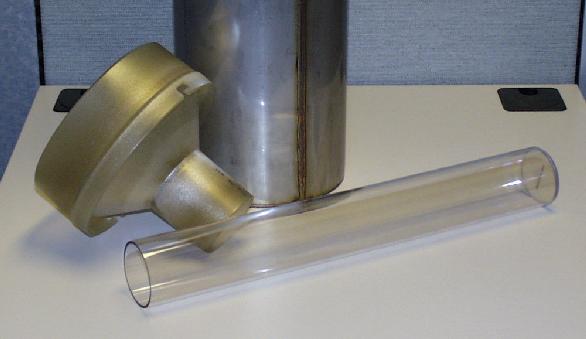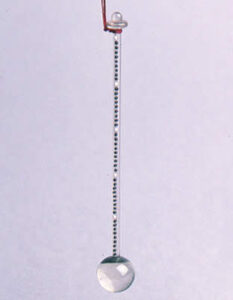Red Flag Warning for Texas Panhandle.
The NWS-Lubbock, TX has issued red flag warning do to the extremely low humidity combined with high winds. Fire caution is urged.
https://weather-almanac.com/weather/us-tx-lubbock

The NWS-Lubbock, TX has issued red flag warning do to the extremely low humidity combined with high winds. Fire caution is urged.
https://weather-almanac.com/weather/us-tx-lubbock

Updated April-19-2023
The rain gauge is the first known weather recording instrument developed. In ancient time bowls were used to collect and measure rainfall amounts.The amount of rain measured helped decide how much crop to plant and delegate the appropriate amount of seed.
China had flooding problems and they were determined to deal with it. In or about the year 1247 the Chinese placed rain gauges at district capitols and snow gauges made of bamboo were placed in mountain passes. With the measured rainfall and snowfall programs could be put in action to prepare for potential flooding.
It is said the first standardized rain gauges were developed in Koera. In the year 1441 the new rain gauges were widely dispersed and monitored to help improve rice crops.6,7
In our modern era meteorologists use rain gauges constructed with an 200mm (8-inch) funnel at top that fills a smaller diameter tube. 11 See the following images taken from National Weather Service.


With the funnel providing a larger catch area the smaller tube fills more rapidly. One inch of rainfall fills the tube to 10 inches. This configuration allows for more accurate readings.The rainfall is measured by placing a measuring stick to the bottom, removing and reading where the water ‘wetness’ ends on the stick, similar to checking engine oil with a dip-stick.
The first known thermometer style apparatus was developed by Galileo Galilei in 1593 and was named a Thermoscope4. It was an open air device with an upside down hollow glass bulb in which is a glass straw extending down into a cup of liquid. As the bulb was cooled (the air was shrinking) it pulled liquid up the straw. You can see a replica thermoscope if you watch this Youtube video2 and note he first warms the bulb and then puts ice on top: 4E10.11 – Galileo’s Air Thermoscope. The thermoscope was affected by barometric pressure and temperature making it unreliable for either type of measurement. In about 1632 Jean Rey, a French physician, inverted Galileo’s device filling the bulb with liquid making it more reliable4. In 1657-1667 a group of Galileo’s students at Accademia del Cimento refined the design by sealing glass tube and the glass bulbs were filled with liquid. There upon graduations were put on the tube to note a temperature scale. It is referred to as the “Florentine Thermometer”.3 This formed the basic design of thermometers in use today.

Daniel Gabriel Fahrenheit, an instrument make and physicist, invented the alcohol thermometer in 1709. In 1714 Fahrenheit changed the thermometer’s liquid to mercury because it’s boiling point was thought to approximately 300 degrees. It is his change to the thermometer scale for which we all know the name Fahrenheit. After experimentation he set the freezing point of water at 32 degrees and boiling point of water exactly 180 degrees higher was set to 212 degrees. Zero degrees is the point at which an equal portion of salt and water freeze. It was thought at that time that temperature did not get colder than 0 and thermometers did not go lower than that.8

Anders Celsius created his temperature scale in 1742. It was labeled the Centigrade Scale (divided by 100) which spanned from 100° C to 0°C. Using the mercury thermometer his scale was initially had 0°C as the boiling point of water. It was soon switched to put freezing point of water at 0°C and water’s boiling point at 100°C. In 1948 the scale was renamed Celsius to honor the inventor.9
The Medici Network: The World’s First Meteorological Network (1654-1670)5. This is also the period for the invention of the Florentine Thermometer. Prince Leopold de’ Medici (1617-1675) and his brother the Grand Duke of Tuscany Ferdinand II (1610-1670) determined to research, invent apparatus as required and record weather parameters. The network consisted of stations at: 1-Florence, 2-Vallombrosa, 3-Pisa, 4-Cutigliano, 5-Bologna, 6-Parma, 7-Milan, 8-Innsbruck, 9-Warsaw, 10-Osnabruck, and 11-Paris. Their program was short-lived because of distrust by the church: “Any new philosophy of nature, based on scientific research was distrusted by the Roman Catholic Church and considered too dangerous”. The group disbanded after the two brothers deaths5. The Florentine Thermometer was proven accurate back then and even recently when compared to present day thermometers.
Because of the fear caused by church and state there is no more weather recordings for 97 years!
Hadley Centre Central England Temperature (HadCET) dataset: beginning in 1659, is claimed as the longest continuous instrumental record of temperature in the world. Data is for a region in the United Kingdom enclosed by cities Lancashire, London and Bristol. In 1659 monthly averages were published. Beginning in 1772 they published daily averages, and continue to do so today! 10
My research finds the first recorded uniform rain gauges were in 1247 in China. The first recorded systematic temperature recordings were in 1654.
More articles-> https://weather-almanac.com/archives